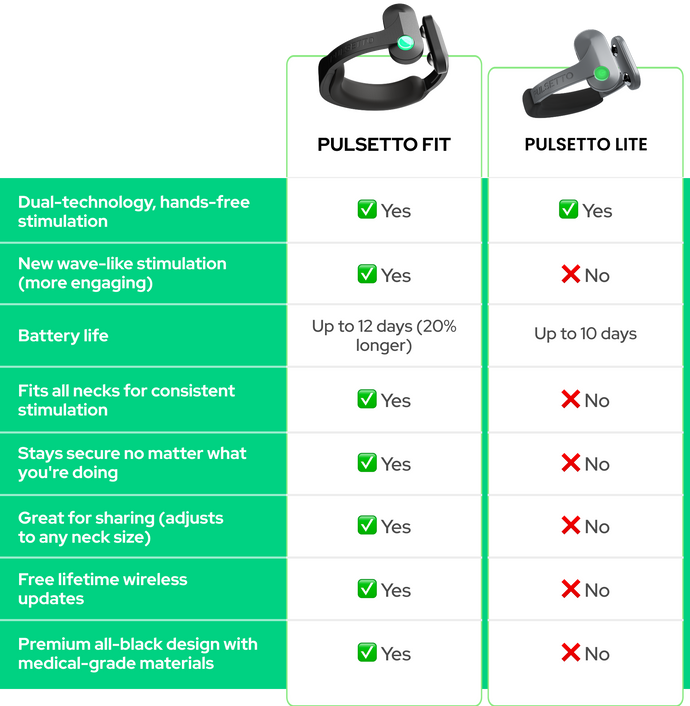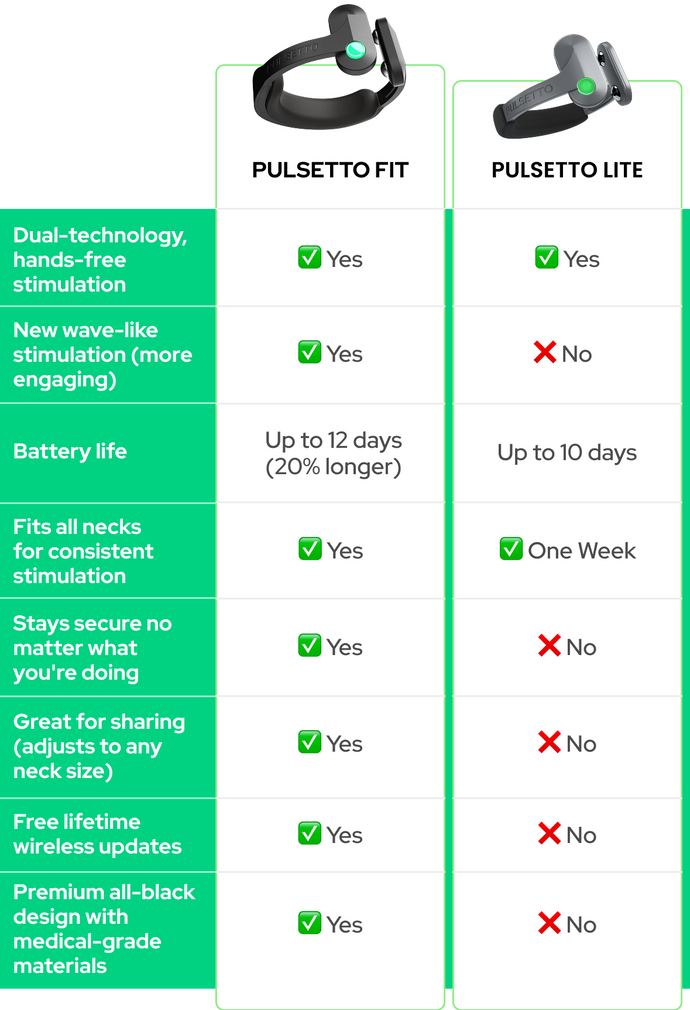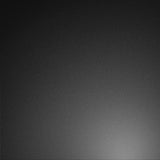Understanding Dizziness and Its Causes
Differences between dizziness, vertigo, and disequilibrium
Firstly, it's essential to distinguish between dizziness, vertigo, and disequilibrium to address the problem correctly:
-
Dizziness is a feeling of lightheadedness or unsteadiness. It can make you feel like you're about to faint or lose balance.
-
Vertigo is a specific type of dizziness where you feel as if you or your surroundings are spinning. This is often due to issues in the inner ear.
-
Disequilibrium refers to a sense of imbalance or unsteadiness, especially when walking. It's usually related to problems with the inner ear or the vestibular system.
Common causes of dizziness
Dizziness can stem from various causes, including:
- Inner ear problems like labyrinthitis or vestibular neuritis
- Low blood pressure or dehydration
- Medications that affect blood flow or the nervous system
- Anxiety and stress
- Neurological conditions like migraines or multiple sclerosis
The role of the vestibular system in maintaining balance
The vestibular system, located in the inner ear, plays a crucial role in maintaining balance and spatial orientation. It works by detecting head movements and sending signals to the brain to help keep you steady.
When the vestibular system is compromised, it can lead to symptoms like dizziness, vertigo, and disequilibrium.

An illustration of the vestibular system (image by macrovector on Freepik)
The Vagus Nerve and Its Role in the Body
Anatomy and functions of the vagus nerve
The vagus nerve is one of the longest nerves in the body, extending from the brainstem to the abdomen. It plays a pivotal role in the parasympathetic nervous system, which controls rest and digestion.
This nerve influences various bodily functions, including heart rate, blood pressure, and digestion. Because of its extensive reach, the vagus nerve impacts many aspects of health and well-being.
Connection between the vagus nerve and the vestibular system
The vagus nerve and the vestibular system are closely connected. The vagus nerve helps regulate autonomic functions that can affect balance and spatial orientation. When the vagus nerve is functioning optimally, it supports the vestibular system in maintaining balance.
How vagus nerve dysfunction can contribute to dizziness
When the vagus nerve is not functioning correctly, it can lead to autonomic dysregulation. This can manifest as dizziness, lightheadedness, and other balance issues. Therefore, addressing vagus nerve dysfunction is crucial for managing dizziness effectively.
In the next sections, we'll explore how VNS works and the exercises you can do to stimulate the vagus nerve naturally.
Mechanisms of Vagus Nerve Stimulation (VNS)
How VNS works: electrical stimulation and physiological effects
Vagus nerve stimulation–aka VNS–works by sending mild electrical impulses to the vagus nerve. These impulses travel to the brainstem and then influence various brain regions responsible for autonomic functions. This process helps regulate heart rate, blood pressure, and digestion, which can alleviate symptoms of dizziness.
When the vagus nerve is stimulated, it activates the parasympathetic nervous system, which is responsible for the "rest and digest" functions of the body. By calming the body's stress responses and promoting relaxation, VNS can help reduce dizziness and improve overall balance.
Most importantly, VNS helps stabilize the autonomic nervous system. This stabilization can significantly reduce the frequency and severity of dizziness episodes.
Overview of non-invasive VNS devices for dizziness
Non-invasive VNS devices are designed to stimulate the vagus nerve without the need for surgical implantation. These devices are typically worn on the neck, ear, or other parts of the body and use mild electrical impulses to stimulate the nerve. They offer a convenient and effective way to manage dizziness without the risks associated with invasive procedures.
Types of VNS devices: invasive vs. non-invasive
There are two main types of VNS devices: invasive and non-invasive.
-
Invasive VNS devices: These devices are surgically implanted under the skin, usually in the chest area. They deliver continuous electrical impulses to the vagus nerve. While effective, invasive devices come with risks such as infection and complications from surgery.
-
Non-invasive VNS devices: These devices do not require surgery and can be used externally. They are generally safer and more convenient, making them a popular choice for managing dizziness.

Pulsetto’s neckband-like device is an example of a non-invasive VNS device.
Safety and Side Effects
VNS is generally considered safe, especially when using non-invasive devices. However, some individuals may experience side effects, such as mild discomfort or tingling at the stimulation site.
It's essential to consult with a healthcare professional before starting VNS to ensure it is the right option for you.
Exercises for Dizziness Management
In addition to VNS, specific exercises can help manage dizziness by improving balance and strengthening the vestibular system. These exercises can be done at home and are an excellent complement to VNS therapy.
Vestibular rehabilitation exercises
Vestibular rehabilitation is a type of physical therapy designed to improve balance and reduce dizziness. These exercises focus on strengthening the vestibular system and improving coordination.
Some common vestibular rehabilitation exercises include:
-
Gaze Stabilization: Focusing on a stationary object while moving your head side to side.
-
Balance Training: Standing on one leg or using a balance board to improve stability.
-
Head Movements: Performing slow head movements while keeping your eyes focused on a target.
Deep Breathing Exercises
Deep breathing is a well-regarded technique for stimulating the vagus nerve, which can help promote relaxation, reduce stress, and alleviate dizziness. Just like a VNS device, deep breathing can effectively target the parasympathetic nervous system and has the added benefit of lowering heart rate and blood pressure, which can be beneficial for overall cardiovascular health.
Yoga
Yoga can help improve balance, flexibility, and relaxation, all of which can contribute to alleviating dizziness. It has also been shown to directly stimulate the vagus nerve and improve heart rate variability, both of which are associated with better vagal tone and overall autonomic balance.
Physical Therapy
Physical therapy can play a crucial role in managing dizziness. A physical therapist can design a personalized exercise program to address your specific needs and help improve balance and coordination.
Incorporating physical therapy into your treatment plan can also enhance the effectiveness of VNS and other natural remedies, as it can improve strength, flexibility, and overall physical function.

A tailored physical therapy program can complement VNS therapy and contribute to better health outcomes.
Relieving Dizziness with Pulsetto
VNS can complement exercise and other therapies as part of a comprehensive approach to managing dizziness by enhancing overall physical and neurological health. For performing VNS at home, one of the most well-regarded inventions in recent times is Pulsetto, a neckband-like device capable of hands-free VNS.
Its neckband-like design is not accidental. We’ve specifically designed this device to target the area where VNS is most potent: the neck, where the vagus nerve is located.

The Pulsetto’s design allows it to target the best area for stimulating the vagus nerve.
Can Pulsetto relieve dizziness?
Pulsetto works by delivering mild electrical impulses to the vagus nerve, promoting relaxation and stabilizing autonomic function, which can help reduce dizziness and improve balance.
Many of our users have reported significant improvements in their dizziness symptoms after using Pulsetto regularly.
Pulsetto: One of the best under $300 VNS devices
Pulsetto stands out as one of the best-reviewed VNS devices under $300, making it accessible for individuals seeking a non-invasive means of stimulating the vagus nerve and alleviating dizziness.
As of this writing, the device retails for $269, and this price includes everything you need to get started, such as the gel and trial access to Pulsetto Premium, which offers three extra stimulations, 54 breathing exercises, and more.
Visit our website and take the first step toward a healthier life.
Frequently Asked Questions (FAQ)
What is the vagus nerve?
The vagus nerve is one of the longest nerves in the body, extending from the brainstem to the abdomen. It plays a crucial role in the parasympathetic nervous system, influencing functions like heart rate, blood pressure, and digestion.
How does VNS help alleviate dizziness?
VNS works by sending mild electrical impulses to the vagus nerve, which helps stabilize the autonomic nervous system. This stabilization can reduce dizziness and improve overall balance by promoting relaxation and regulating bodily functions.
Are there any side effects of using VNS devices?
While VNS is generally considered safe, some individuals may experience side effects such as mild discomfort or tingling at the stimulation site, hoarseness, shortness of breath, or headaches.
It's essential to consult with a healthcare professional before starting VNS to ensure it's the right option for you.



























































